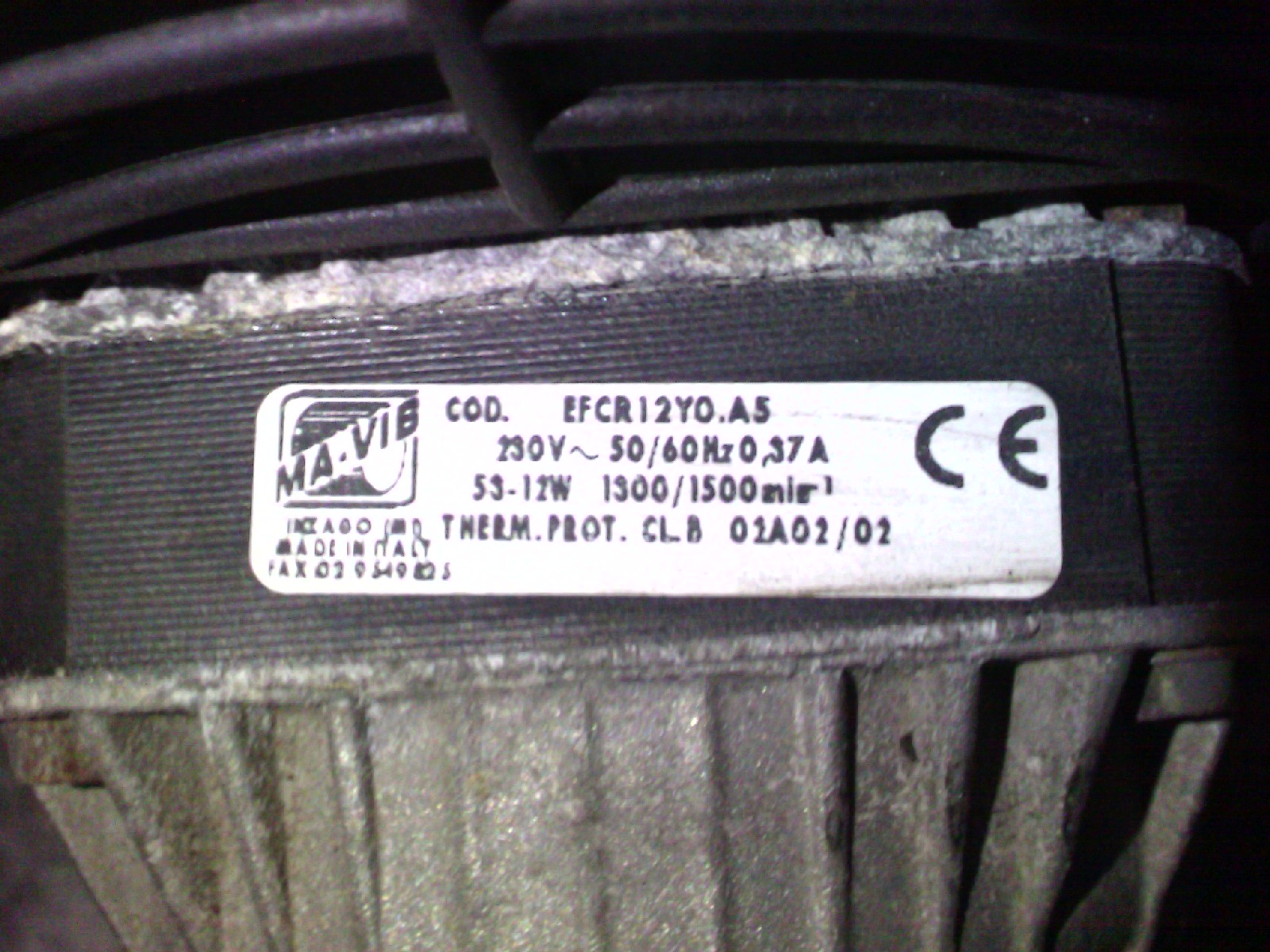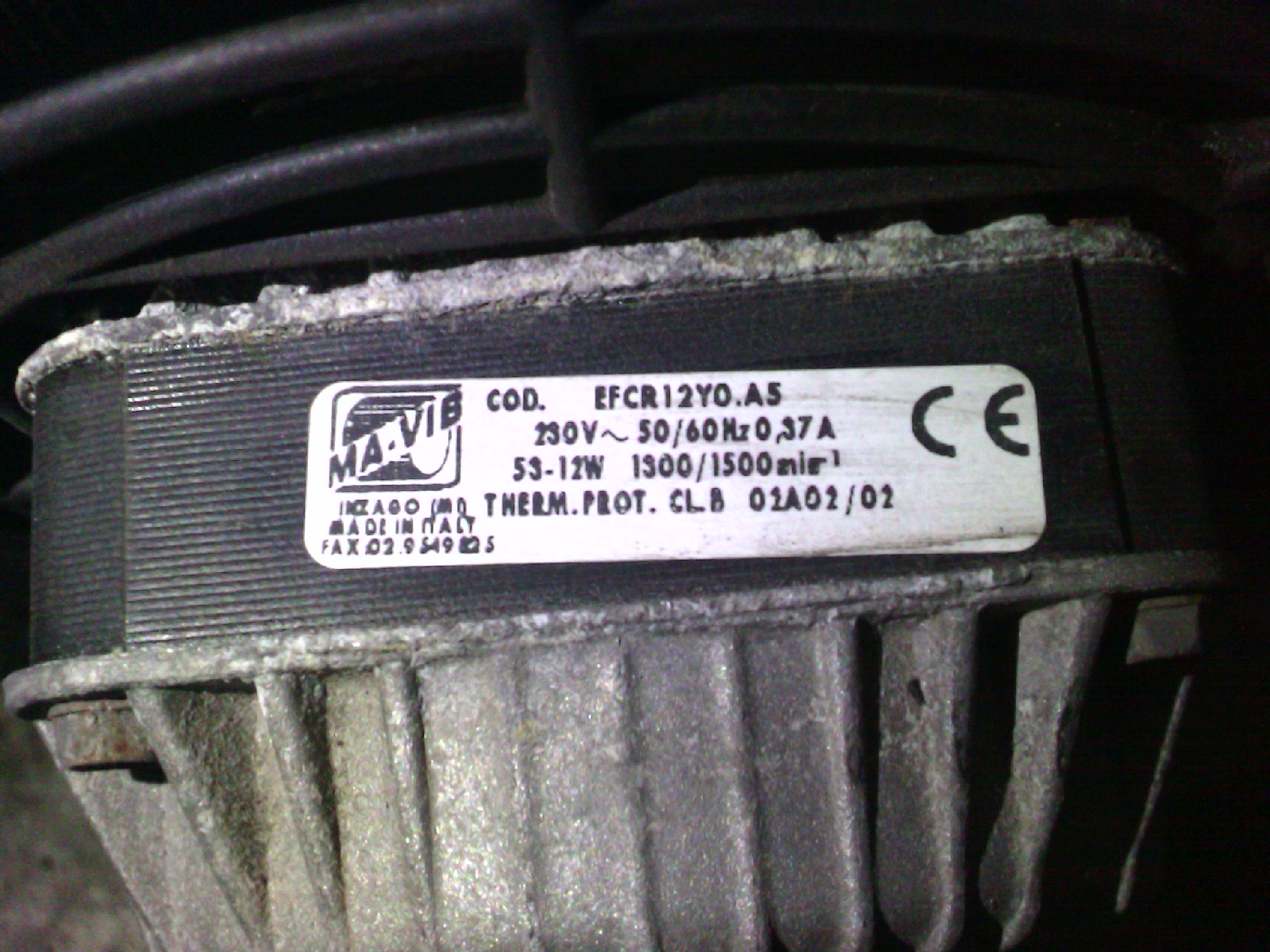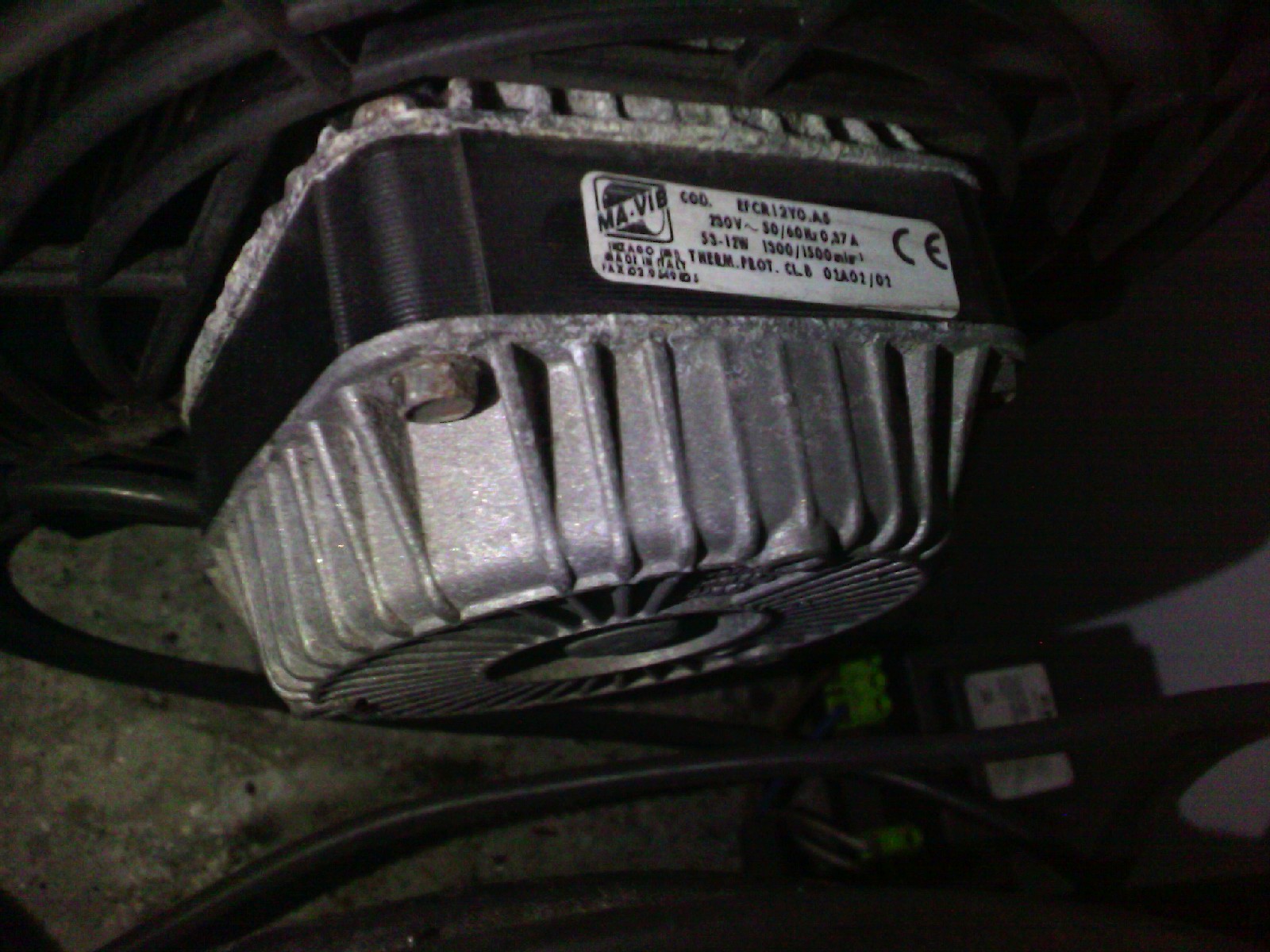-
Posts
2,305 -
Joined
-
Last visited
-
Days Won
5
Content Type
Profiles
Forums
Gallery
Posts posted by stevenkoh08
-
-
this should able to however that is not really a covex i'm talking about
sorry for the poor drawing
-
01x hydor koralia 1 (1500l/hr) is it enough for a 2ft tank???
not forgetting there's still my external pump outflow of abt 1800l/hr and my skimmer output.. haha...
should i point the wave maker parellel with the sand bed?
or slightly tilted downwards towards the sand bed? haha..
in no time u'll see ur sand bed be a hole ha ha


-
ya man sure try it out and see anyway if ur b part does not come with an covex shape it will also not suck in more air
-
it should at the b side as this will allow the needle whell to dispuss the bubble to fine bubble that why needle wheel have fine bubble
-
it should at the b side as this will allow the needle whell to dispuss the bubble to fine bubble that why needle wheel have fine bubble
-
i use it before but best is to have a bit of coraline algea first in ur tank and the use the solution from iwa###
it will have better result that what i fell or CA powder will also do but slower in progress
-
is there CA in ur water as it maybe coraline algea it begin stages is from brown to abit green and then pinkish lastly purple that what happen to my on LR but on glass it started to be brown and the sowly turn pink
-
oh ok so your 18-73w can't go well with the braket is it??
will go down and see how tks
-
upz for u bro
just to add some comment down here
been to his place got some good stuff he have nice guy also
-
Two ways of personal thinking. Some might think that only this particular FS bringing in the special stock so they could jack up the price. Some think otherwise like ok, price reasonable better than shop JXX or so.
Very difficult to understand. Want best, want cheap is Asian thinking. In the end no profit so don’t bring in

To my understanding, LFS is taking risk of bringing in LS directly from overseas supplier isn’t come cheap. Some exporter require you to have a deposit of maybe US$5000 upfront, some want you to pay first before shipping to you. Take for example, if importing LS from Mexico or Costa Rica you will see at least 20 -30 kings and Cortez angel from Juvinile to adult plus others fishes make up of 200-300 kg. LFS have to sell min of 80% to make profit to run his biz. If everyday 1 or few pcs die, then he will surely make a negative profit. To be frank, how many of us will buy king or Cortez angel if there are 30 pcs of Kings in the shop? Maybe 20pcs? What abt the balance of 10pcs? The LFS will have to maintain and hope to clear it soonest so that the loss will be lesser. That is why most LFS would not want to take risk and loss $ unless they have and need it for exporting. So better take it from the one who import in and still can choose for the healthy pcs.
It is getting more and harder into doing Marine biz.
I am not supporting any LFS by saying this, but to state the true fact. Is 1 pc of AT from $150 - $180 too much and Ridiculous! Or a AT for $250 -$450 better? I ever ask for a emperor from Indonesia only 5 inches from a shop in the western side of Spore (HDB shop) you know what is the price? $90!!!! And claim it was hand caught. So here we can tell which is reasonable, which is not.
Ok That’s All Folk


truely agreed with big bird but most human always go for cheap things even hobby got no excuse.
i currently have a stand i'll get ex fishes that i treasure more it not bout the price it bout can u able to keep it for long and minimun diesease
-
No ORA shipment so u wont see your order. Steven is not able to bring in some fishes, there are some orders i've waited for a year le still dun hav, though he says he'll try to get. So cannot expect too much. Best is see wat buy wat.
Anyway this is a barber fish (Johnrandallia Nigrirostris):
They are parasite cleaners for other fishes, and can be kept in a small group (they like to school in nature). Extremely hardy and takes all kinds of food easily. A seldom seen butterfly. A lot left to choose at LCK:
what colour note it might be can pm
-
So what's the rpm fan you fix can share
-
wow very helpful of you. seem to know alot of such item i ask him for a higher r/min then current cause this will cool down the condenssor even faster as my is teco680
-
so did u buy from thenm before as such i drop them a call and they told me to bring down the sample don't seem to have the brand but tks still can try

-
sorry for thr late input ha ha hang

-
-
Hi there i'm into modified things and need the below shown item it a motor for chiller fan anyone know please pm me or drop a post here thanks alot
-
DO U HAVE RETURN PUMP WAT MODEL AND PRICE
-
wow bro nice to hear that a love that nvr end

-
wow bro nice to hear that a love that nvr end

-
ya i know but consider of glow coraline algea on it own but do u think of adding copper will cure the problem pls share
-
anyone know what is potassium permanganate bath
-
have done some home work of the worm it flatworm cks this out the one that in red
Worms in the Aquarium
Anchor Worm | Thorny Headed Worm | Flukes | Threadworms | Leeches
How to Build a Worm Trap
Worms in the aquarium. Are they common? Who can get them? What can I do about them? And what do they mean for the health of my fish?
Worms are nocturnal creatures. If you can’t see them during the day doesn’t mean they’re not present. Because they are light-sensitive, they remain in the darkness of the gravel, rocks, plants or any hideout available during the day or lighting hours.
Obviously the best way to detect any nocturnal creatures is therefore only at night or when the tank is dark.
It may take several hours after the lights have been turned off and the room darkened before the creatures appear. Using red light will make them visible for the human eye, but will not be recognized by the worms. Rapid movements should be avoided it will scare the worms back into hiding.
Worms grow at a fast rate; the same applies to their reproduction. Once worms have been spotted, and action has been taken to eliminate them, it is this fast rate of growth and reproduction that can be misleading if their successful removal from the tank is believed.
Worms eat everything they can find in the aquarium, which initially makes them appear to be ideal bottom cleaners. Nevertheless the fast growing population makes it a priority to remove all the worms that can be found. Some initially small and harmless looking species can grow to a solid 24-inch sea monster. No matter how long the species will get, there is usually more worm than meets the eye.
Worms can be introduced to the aquarium in various ways, through plants, new fish, fish food, snails etc.
One of the biggest threats for reef and marine set ups are the bristle worms. A fast growing population does not only do damage, but can also lead to attacks on crustaceans, corals and anemones. Bristle worms are visible and can be identified by the many bristles. These worms can grow into 24-inch creatures.
Next to fairly visible worms that are considered non-parasitic, there are of course external and internal parasitic worms that will harm the fish.
Parasitic worms are the roundworm, tapeworm, thorny headed worms, and flukes.
One rule applies, to calm the nerves of the hobbyist; most worms seen outside the fish are usually not internal parasites and not considered as harmful to the fish. Parasitic or harmful worms will not be visible on the gravel or the glass of the aquarium.
Noticing small white worms the size of a few millimeters crawling along the glass are either flat or roundworms. Flat appearances are planaria (flatworms) and the more thin and wiggly ones are nematodes (roundworms). Both of them do not exceed 4-5 millimeters. Both types are harmless to fish and thrive on excessive nutrients in the water column often resulting from overstocked aquariums.
To free the tank of these worms simply do not feed your fish for 3-4 days as they will often feed on them. Also lower the excess nutrients in the tank to quickly solve the problem.
The fluke is a parasite worm that is visible on the skin or gills of the fish. Measuring only 0.3 - 0.5 millimeters in length, this oval shaped worm can spread and often result in fish death.
Internal parasitic worms can not easily be diagnosed. Advanced stages can be visible by ulcers on the skin. On the other hand, not all internal worms do pose a threat to the fish.
First signs of internal worms are an increased appetite without weight gain or even weight loss while consuming increased amounts of food.
The tapeworm is the best known though not very common.
Worms of Concern
Anchor Worm
Young anchor worms are free swimming crustaceans that bury themselves into the fish’s skin. It takes several months before the worm becomes visible in form of holes or ulcers on the fish's body. After laying eggs, the worm dies off.
Since the worm can not be removed by hand, a potassium permanganate bath for about 20 minutes should cure it (dosage 10ml/l).
Thorny Headed Worm
Visible symptoms are white or green threads on the gills. The fish often scratches on objects in the aquarium.
The thorny headed worm is similar to the anchor worm, only smaller in size. It attaches itself to the gills. The cure is also a potassium permanganate bath for 20 minutes (dosage 10ml/l).
Flukes
The symptoms are mucus covered gills and/or body, red spots on the skin, fins appear eaten away, as well as rapid breathing.
Flukes are flatworms and are similar in appearance as Ick and can be better viewed with detail through a magnifying glass. Flukes will destroy the gills and kill the fish if left untreated.
The best cure is a potassium permanganate bath for 20 minutes (dosage 10ml/l).
Threadworms
Threadworms are internal fish that sometimes emerge from the fish's anus. This parasitic infestation can be fatal if not treated in time. Preferred treatment is parachlorometaxylenol soaked fish food and a bath in the same for several days (dosage 10ml/ liter).
Leeches
These external parasites are visible on the skin, gills and fins of the fish and are similar in appearance to Ick.
Since they attach themselves to the fish, the best method of removal is a bath in a salt solution for 20 minutes (dosage 2.5 % salt to water). During the bath, most of the leeches will simply fall off; the ones remaining can be removed with a pair of tweezers.
Copper sulfate has been used to successfully remove and control less harmful worms. Over time, copper has been found to do more damage than good concerning the overall balance of the aquarium. The side effects of copper are rarely in relation with the possible benefits.
How to build a worm trap
Next to commercially available worm traps, it is fairly easy to make one at home. All that is needed is a plastic container or jar with a lid.
Using a razor blade or sharp knife, the lid is cut in X shape. The corners are then pushed slightly inward to form an opening in the lid. The size of the opening varies, depending on the size of the creatures to be trapped.
For the trap to work properly it is important that the worms do not see the "bait" but rather smell it. The container should therefore not be transparent.
For bait, clam and shrimp meat can be used as well as any fish meat available. The bait should be prepared in a way that is small enough for the worms but just short of being mashed up totally.
The container is then placed in the area where the worms are suspected and kept there over night. Adjustments to the size of the lid opening and the bait source can be made for optimum results.
-
ha ha funny one better keep it between both of ur wife

anyway nice blue ring got it from u last night
now in my QT






WTS aquabee pump 3000
in Sell off/Pasar Malam Shop
Posted
hi there i'm selling my aquabee pump at $50 due to upgrade
1yr old giving away together with 1bucket of bio-ball sms me at 92719872